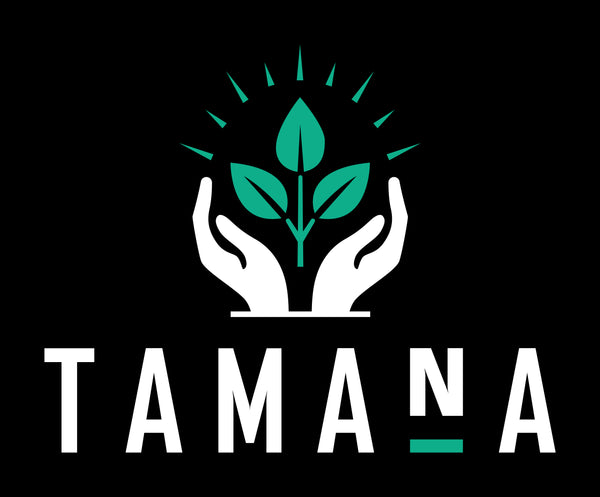
The History of Coffee and Cocoa in Trinidad and Tobago
Trinidad and Tobago’s history is steeped in the rich aroma of coffee and the velvety decadence of cocoa. For centuries, these crops have played a central role in shaping the agricultural, cultural, and economic identity of the islands. From their early introductions by colonial powers to their celebrated status today, coffee and cocoa have become symbols of both heritage and resilience.
The Arrival of Coffee and Cocoa.
Coffee was introduced to Trinidad during the Spanish colonial period in the late 18th century. While it never reached the massive production levels of its South American neighbors, the crop took root, thriving in the fertile, well-drained soils of the island’s interior. Cocoa, on the other hand, has a longer and more influential history. Trinidad’s first cocoa plants were brought by the Spaniards around the 1520s, and by the 19th century, the island had gained international recognition for its fine-flavored cocoa, known as Trinitario.
The Trinitario cocoa variety, a hybrid of Criollo and Forastero beans, originated in Trinidad after a catastrophic hurricane in 1727 devastated the existing Criollo plantations. The hybridization that followed produced cocoa of exceptional quality, praised for its complexity and depth of flavor, making Trinidad a key exporter to the global market.
The Golden Era and Its Challenges.
During the 19th century, cocoa was known as “brown gold” and became one of the island’s main exports. Cocoa estates flourished, especially in regions like Tamana, Rio Claro, and Siparia, where the unique microclimates and rich volcanic soils created ideal growing conditions. Coffee, though a smaller industry, was grown alongside cocoa on many estates, adding diversity to the agricultural landscape.
However, by the mid-20th century, both industries faced significant challenges. Global market competition, fluctuating prices, and labor shortages contributed to a decline in production. Many plantations transitioned to other crops or were abandoned altogether, leaving behind remnants of their storied past.
The Legacy of Tamana.
Nestled in the lush rainforest of Trinidad, the Tamana region has long been recognized for its fertile lands and ideal climate for cultivating coffee and cocoa. Tamana’s estates produced crops renowned for their unique flavor profiles, shaped by the area’s rich volcanic soils, gentle rainfall, and cool mountain breezes.
What makes Tamana particularly special is its connection to both the past and the present. Many of its estates were family-run, preserving traditional farming techniques passed down through generations. Today, the region stands as a testament to sustainability, community resilience, and the enduring quality of Trinidad’s agricultural heritage. The Tamana area not only provides exceptional coffee and cocoa but also offers a glimpse into a way of life that values harmony with nature, hard work, and pride in locally grown products.
A Bright Future for Coffee and Cocoa in Trinidad.
In recent years, there has been a resurgence of interest in Trinidad and Tobago’s coffee and cocoa industries. Small-scale farmers, artisans, and brands like Tamana Coffee are leading a revival, focusing on high-quality, single-origin products that highlight the unique terroir of the island. This movement emphasizes sustainability and community development, echoing the practices of generations past.
Tamana’s rainforests, with their unspoiled beauty, are not only home to exceptional coffee and cocoa but also serve as a hub for ecotourism and wellness. Visitors to the region can experience the magic of walking through the lush estates, savoring the aroma of freshly brewed coffee or indulging in the luxurious flavors of locally made chocolate.
Conclusion.
The story of coffee and cocoa in Trinidad and Tobago is one of perseverance, innovation, and deep cultural roots. The Tamana region, with its unique history and exceptional natural resources, holds a special place in this narrative. It’s a reminder of the island’s potential to create products that delight the senses and honor the land’s rich heritage.
As we sip our morning coffee or savor a piece of chocolate, let us remember the farmers, the landscapes, and the stories that make every cup and every bite extraordinary. And perhaps, in the earthy notes of Tamana’s coffee or the luxurious sweetness of its cocoa, you’ll taste the legacy of an island dedicated to flavor and tradition.
